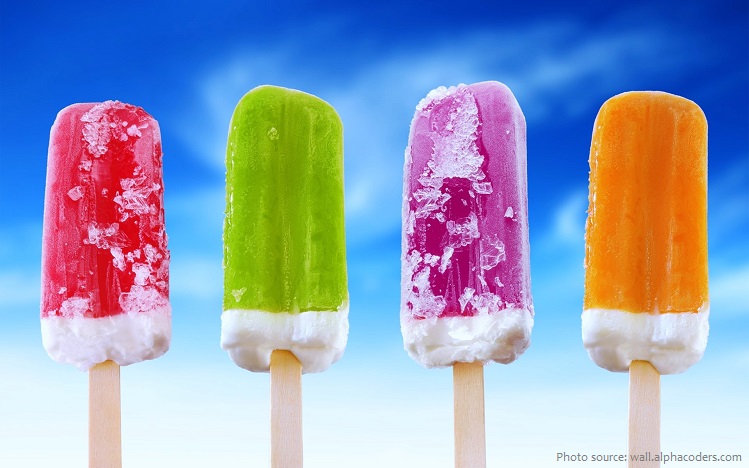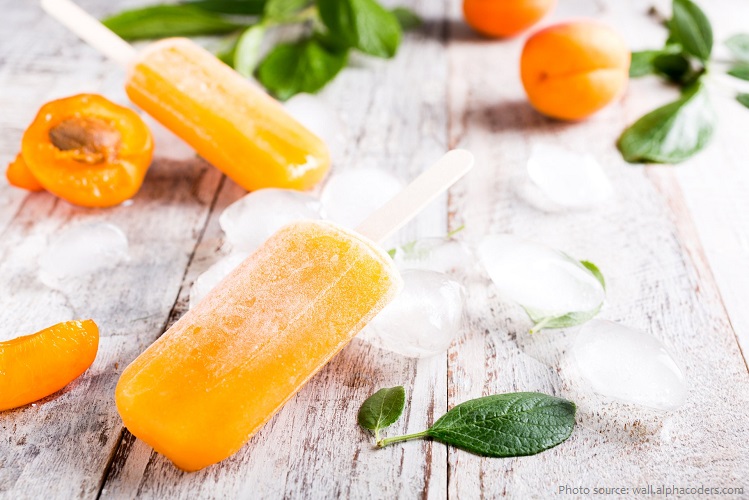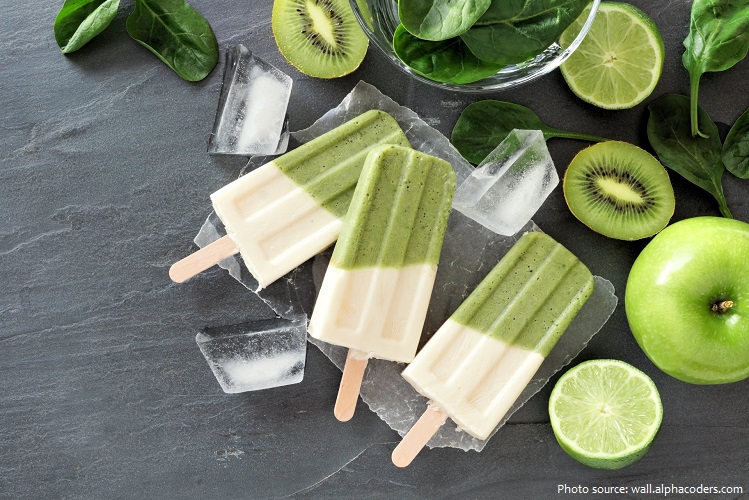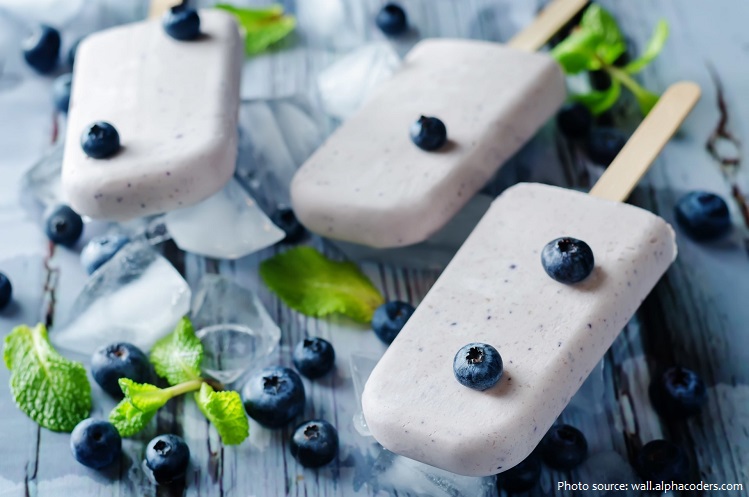
A popsicle is a water or milk-based frozen snack on a stick.
Unlike ice cream or sorbet, which are whipped while freezing to prevent ice crystal formation, a popsicle is “quiescently” frozen—frozen while at rest—and becomes a solid block of ice.
It was invented by an 11-year-old boy in 1905, and it was a fluke. Young Frank Epperson didn’t set out to create a treat that would keep kids happy and cool on summer days for generations to come. He mixed some soda powder and water in a glass with a small wooden stirrer, then adventure called and he wandered off and forgot about his drink. It remained outside overnight and froze. He declared it an Epsicle, a portmanteau of icicle and his name, and started selling the treat around his neighborhood.

In 1923, Epperson decided to expand sales beyond his neighborhood. He started selling the treat at Neptune Beach, a nearby amusement park. Dubbed a “West Coast Coney Island,” the park featured roller coasters, baseball and an Olympic-sized swimming pool. Neptune flourished in the pre-Depression days, and consumers eagerly consumed Epsicles and snow cones (which also made their debut at Neptune).
Also in 1923, Epperson filed for a patent for his invention. Up until then, he had been calling the frozen treats “Eppsicles,” but his children insisted on calling them “pop’s ‘sicles.” The latter name stuck and the popsicle was born.
A couple years later, Epperson sold the rights to the invention and the Popsicle brand to the Joe Lowe Company in New York City.

Just a few years after the dessert debuted, the double-stick Popsicle was introduced. It was at the height of the Depression, and the single pop with two sticks allowed two hungry children to share a pop easily, for the same price as a single.
After a trip to the United States in the early 1940s Ignacio Alcázar returned to his home city of Tocumbo, Michoacán, México, bringing the idea to manufacture ice pops or paletas (little sticks) using locally available fresh fruit. He and some family members expanded by opening a shop in Mexico City which became very popular and he began to franchise Paletería La Michoacana to friends and family from his town. The popularity of Paletas and association with Tocumbo has increased to the status of a national Mexican food.
From 1920 through the mid-1970s, Good Humor trucks sold all varieties of frozen treats until the cost of gasoline and insurance overwhelmed profits. Independent vendors still sell frozen treats in many neighborhoods, but the large variety of popsicles in grocery stores makes the household refrigerator the most familiar pop “vendor” today.

The giant food corporation Unilever scooped up the Popsicle brand in 1989, expanding the brand beyond its original fruity flavors. It also bought Good Humor, ending the feud between the two icy competitors.
Over the years, Epperson’s childhood invention has achieved famus status, standing in for any frozen treat the way Kleenex means a tissue. That explains why also over the years, Unilever has worked to keep the name Popsicle its and its alone: In 2010, the company threatened legal action against artisan Brooklyn ice pop makers People’s Pops for using the word “popsicle” on its blog.
An alternative to the store-bought popsicle is making them at home using fruit juice, drinks, or any freezable beverage. A classic method involves using ice cube trays and toothpicks, although various ice pop freezer molds are also available.

A giant Rocket ice lolly (popsicle) weighing 9.081 tonnes (20,020 lb) was made by Jan van den Berg at Iglo-Ola Produktie B.V., Hellendoorn, Netherlands, from 1-30 Aug 1997.
The tallest ice lolly (popsicle) stick structure is 6.157 m (20.20 ft) and was achieved by Eric Klabel (USA) in Naperville, Illinois, USA, on 14 November 2020.
The most ice lollies (popsicles) eaten in one minute is 6, and was achieved by Kevin Strahle (USA) in Ridgewood, New Jersey, USA, on 7 December 2017.
The largest popsicle stick sculpture was a geographical map of Thailand consisting of 840,000 sticks and was constructed by Wall’s (Thailand), at Siam Park Center, in Bangkok, Thailand, between 19 and 23 December 2011. The sculpture depicts the geographical map of Thailand that was created using 3D boxes. Each box was created using 84 sticks and there were 100,000 individual boxes. Therefore there were 184,000 boxes. The map was designed to depict various geographical layers that of Thailand that was created using 3D boxes.
